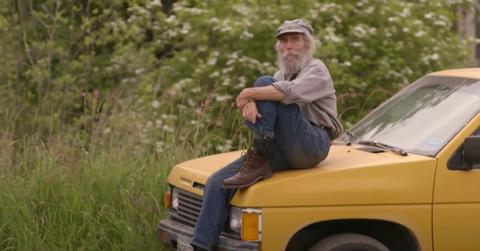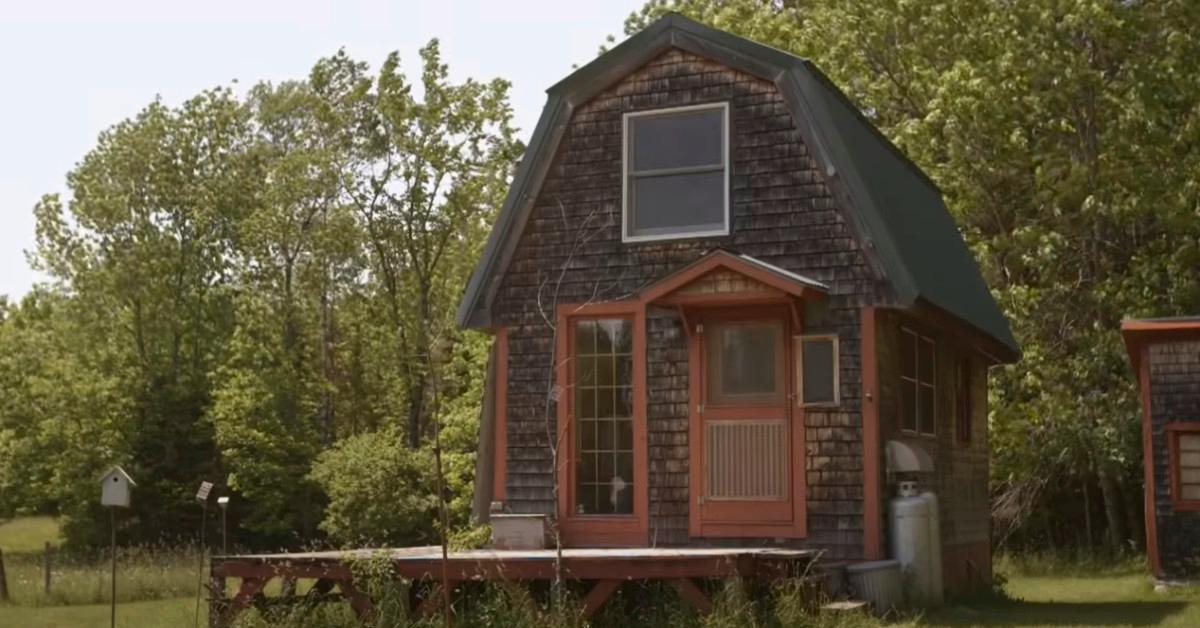Burt Shavitz, Co-Founder of Burt’s Bees, Missed Out on a Huge Payday
Who inherited But Shavitz’s estate? Learn more about the Burt’s Bees co-founder and what happened to his turkey-coop home after his death.
Aug. 25 2021, Published 8:35 a.m. ET
The story of Burt Shavitz, the late namesake of Burt’s Bees, is back in the spotlight now that the NPR audio program How I Built This With Guy Raz re-aired its episode about the company’s origin story on Aug. 23.
You might have also seen the 2013 documentary Burt’s Buzz, which covered how Shavitz went from news photographer to bee-keeping recluse. Trevor Folsom, Shavitz’s former personal assistant, has also helped keep his old boss’s memory alive after he inherited part of Shavitz’s estate.
As the Associated Press reported in 2016, Shavitz left Folsom his land in the Maine towns of Parkman and Abbott, and the converted turkey coop that Shavitz had made into a house, a structure that Burt’s Bees bought in 2016. He also left him his golden retriever, Pasha, and a $35,000 trust fund for the dog.
“It’s a legacy project. It’s going to be maintained so that people can see it and appreciate it,” Folsom told the Associated Press. “I just felt that it should always be taken care of, no matter what.”
Shavitz founded Burt’s Bees with Roxanne Quimby, a woman he met while she was hitchhiking
Born in Great Neck, N.Y., in 1935, Shavitz started his professional career as a photographer for publications such as Time, The New York Times, and Life, as he told The Daily Beast in 2013.
Shavitz gave up that trade, though, and moved to upstate New York in 1970, and that’s where he had a fateful encounter with a swarm of bees on a fencepost. “The year before, a guy that I’d been buying honey from, who was a beekeeper, had given me everything I needed to be a beekeeper except the bees—a hive, a mask, gloves, a smoker, a hive tool, everything,” he told the site. “So, there was this fencepost, and I said, ‘My lord, this is an act of God! I can’t turn this down.’”
He started a honey business that he later moved to Maine, and that’s where he picked up a hitchhiker named Roxanne Quimby, who was a waitress and single mother at the time. He and Quimby soon started up the company that would become Burt’s Bees—as well as a romantic relationship.
Shavitz gave away his stake in Burt’s Bees for $130,000
Shavitz and Quimby had a falling out in the 1990s after he had an affair with an employee at one of the retail stores, as he told The Daily Beast, and the former couple parted ways in 1999. Quimby bought Shavitz out of the company by buying him a house worth $130,000, The New York Times reported in 2008.
Then, in 2003, Quimby sold 80 percent of Burt’s Bees to private equity firm AEA Investors for $141.6 million. And in 2007, Clorox bought the company for $913 million. “If Mr. Shavitz had held onto the stake he traded to Ms. Quimby for $130,000, it would have been worth about $59 million,” The New York Times added.
After Shavitz’s house was damaged in a fire in Feb. 2015—a few months before he died at the age of 80—he moved back into the converted turkey coop, a 300-square-foot structure that didn’t even have running water. But he didn’t seem to mind giving up Burt’s Bees' windfall for a modest life in the woods. “The magic of living life for me is, and always has been, the magic of living on the land, not in the magic of money,” he told The New York Times in 2008.


